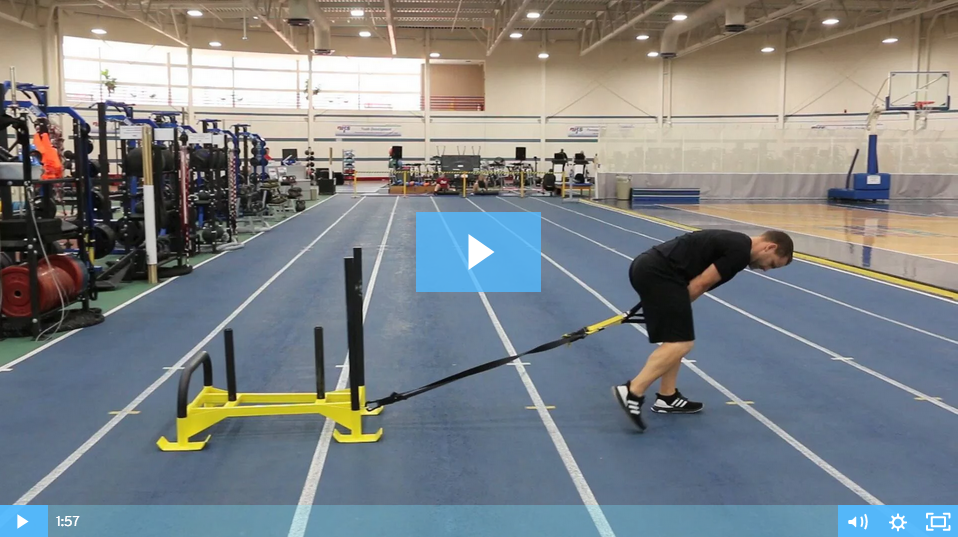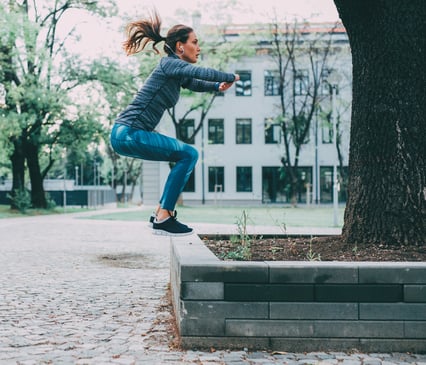 In a world where situations are ever-changing and a new “normal” is developing, athletes around the world are scrambling to adapt to their new training environments. For most, this new environment is where you are probably reading this now, your home. For the time being and for many people, traditional training methods of using barbells, dumbbells, kettlebells, etc. have morphed into substitutions of paint cans, backpacks, gallon jugs, or just about anything that can act as the “resistance” that your body has become accustomed to using.
In a world where situations are ever-changing and a new “normal” is developing, athletes around the world are scrambling to adapt to their new training environments. For most, this new environment is where you are probably reading this now, your home. For the time being and for many people, traditional training methods of using barbells, dumbbells, kettlebells, etc. have morphed into substitutions of paint cans, backpacks, gallon jugs, or just about anything that can act as the “resistance” that your body has become accustomed to using.
Am I Going to Lose Everything I Gained in the Gym?
The first thought you probably had when this situation came about was, “I’m going to lose everything I’ve worked so hard to gain in the gym.” I guess that because it was one of the first things that passed through my mind, and now I believe that a well-equipped gym is one of the most taken-for-granted things I had in my life. It was always there. I could do just about anything I wanted or needed to do there. If the work I needed to do didn’t get done, it wasn’t the gym’s fault; it was my own.
If the work I needed to do didn’t get done, it wasn’t the gym’s fault; it was my own.
So now what? You are at home, you have a minuscule amount of equipment compared to what you had before (here’s another blog with some basics to consider), and your motivation may be low. The easiest thing to do would be the bare minimum and hope for the best when you can get back to the gym. The right thing would be to figure out a way to adapt your program to your environment and change the “maintain” mindset to the “gain” mindset. And I’m here to help you do that. The following are the essentials I believe can help you construct your home-based workout and continue to build on the progress you have made in the gym.
The Four Home-Training Building Blocks
As a coach, there are four main training blocks that can be completed at a very high level from home: mobility, power, strength, and conditioning. Follow along as I break them down!
Mobility
For many athletes (yes, me included), mobility is an area where we can always improve. This part of training is often overlooked or not taken as seriously as it should be. I’m here to tell you, being at home gives you the perfect reason to make this a focal point of your training. I say this because for many mobility exercises (shoulder/t-spine, hip, and ankle exercises), a big array of equipment is not needed. A couch or chair can serve as a perfect platform for you to improve mobility with very little time or effort setting up.
Power
No matter what sport you participate in, power development surely plays an integral part in your performance. In the gym we use medballs, boxes, and barbells to help foster this development. But at home, you can simply use an open space in your home/garage/outside to do this as well. Many “ground-based” plyometrics can be performed with minimal, if any, equipment. You can use vertical and broad jumps (both one- and two-legged) and various plyometric push-up variations, which should provide your body that same “explosive” feeling you have learned to produce. For the jumping exercises, this is a great time to work on the most important part of the movement, the landing.
Strength
This section might pose the biggest challenge to you simply because the heavy weights you are used to using are no longer accessible. I’m here to tell you that with a little creativity, you can still make improvements. One of the easiest ways to make simple bodyweight exercises more challenging is to elevate one of your points of contact, i.e. elevating your feet for push-ups or putting your back leg up on a couch or chair during split squats. Using a backpack full of books can serve as the extra resistance during these exercises, so dust off your old heavy college books and repurpose them.
Remember this as well: it’s not always about using heavy weight with low reps. If you are used to training in this fashion, doing more repetitions will help with your strength-endurance.
Conditioning
I believe that cardiovascular or conditioning work should be the easiest for you to adapt to while at home. With the exception of some of the specialized equipment you use in the gym (sleds, bikes, etc.), a lot of the training you do during this block requires only bodyweight resistance. Circuits (wall sits, mountain climbers, burpees), running (long-slow distance, interval training), and core work (plank and side plank variations, glute bridge variations) can all be performed with minimal equipment.
Take into account your “work-to-rest” ratio, which is how long you work versus how long you rest. Depending on what intensity you are working at, how long you are working for, or what activity you are doing, these numbers can be adjusted to fit your current fitness level. Generally, the longer your rest periods are compared to your work periods, the easier it will be. If you are unsure, start with 1-minute work to 1-minute rest and adjust for each subsequent workout as the days pass.
Which Will You Choose: Continued Progress or a Downhill Slide?
I leave you with this: the duration of the new normal can go one of two ways, the continuation of progress and improvements of athletic areas you need to work on OR a downhill slide of progress that leaves you fighting to get back to your current athletic state for the following months or years. Which one will you choose? If the work you need to do doesn’t get done, it wasn’t the home gym’s fault.
If the work you need to do doesn’t get done, it wasn’t the home gym’s fault.
This is a new challenge that you should accept and meet head-on with the attitude that nothing can derail your progress and a drive to continue to improve. In a few months, let’s look back on these days with pride knowing that you did everything in your power to get better.

This blog was written by Alex Soller, Athletic Performance Coach and NIFS trainer. To find out more about the NIFS bloggers, click here.


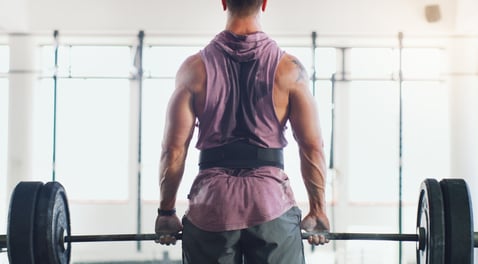 If you are like most people who enjoy lifting weights, you probably have worn a
If you are like most people who enjoy lifting weights, you probably have worn a  In a world where situations are ever-changing and a new “normal” is developing, athletes around the world are scrambling to adapt to their new training environments. For most, this new environment is where you are probably reading this now, your home. For the time being and for many people, traditional training methods of using barbells, dumbbells, kettlebells, etc. have morphed into substitutions of paint cans, backpacks, gallon jugs, or just about anything that can act as the “resistance” that your body has become accustomed to using.
In a world where situations are ever-changing and a new “normal” is developing, athletes around the world are scrambling to adapt to their new training environments. For most, this new environment is where you are probably reading this now, your home. For the time being and for many people, traditional training methods of using barbells, dumbbells, kettlebells, etc. have morphed into substitutions of paint cans, backpacks, gallon jugs, or just about anything that can act as the “resistance” that your body has become accustomed to using. 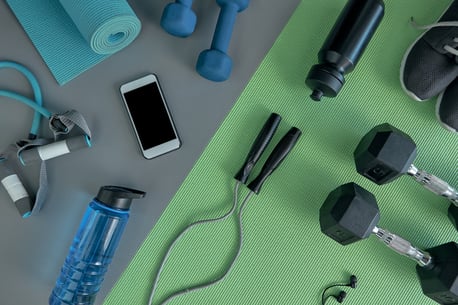 The saying often goes, “success breeds success,” but I’m a big believer that failure leads to just as much and even more success. Being reactive in nature to a situation (as most of our population is) can delay a successful outcome, but often does lead to one. Obviously being proactive, anticipating and avoiding rather than catching and correcting, is a more successful model of living; but we find ourselves in situation we really couldn’t anticipate. There are some lessons to be learned and success that can come from this desperate situation we are all in.
The saying often goes, “success breeds success,” but I’m a big believer that failure leads to just as much and even more success. Being reactive in nature to a situation (as most of our population is) can delay a successful outcome, but often does lead to one. Obviously being proactive, anticipating and avoiding rather than catching and correcting, is a more successful model of living; but we find ourselves in situation we really couldn’t anticipate. There are some lessons to be learned and success that can come from this desperate situation we are all in.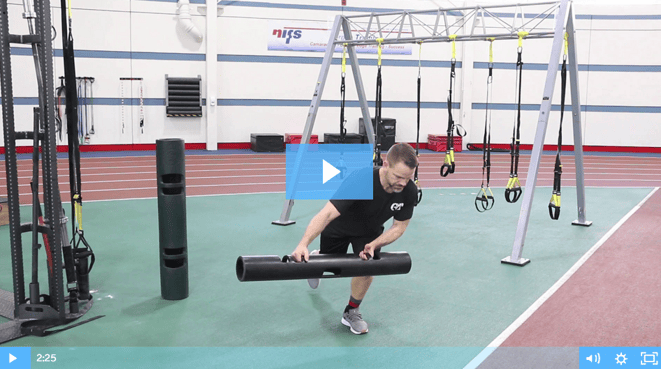
 In a world where in many cases bigger is better, just because something is small doesn’t mean it’s less important or can’t have big impact. Being short in stature my entire life, it has always been my motto that “dynamite comes in small packages,” and I have strived to create as much BANG as I can in all facets of life. Small in stature can provide big results when you light the proper fuse and utilize its power maximally.
In a world where in many cases bigger is better, just because something is small doesn’t mean it’s less important or can’t have big impact. Being short in stature my entire life, it has always been my motto that “dynamite comes in small packages,” and I have strived to create as much BANG as I can in all facets of life. Small in stature can provide big results when you light the proper fuse and utilize its power maximally.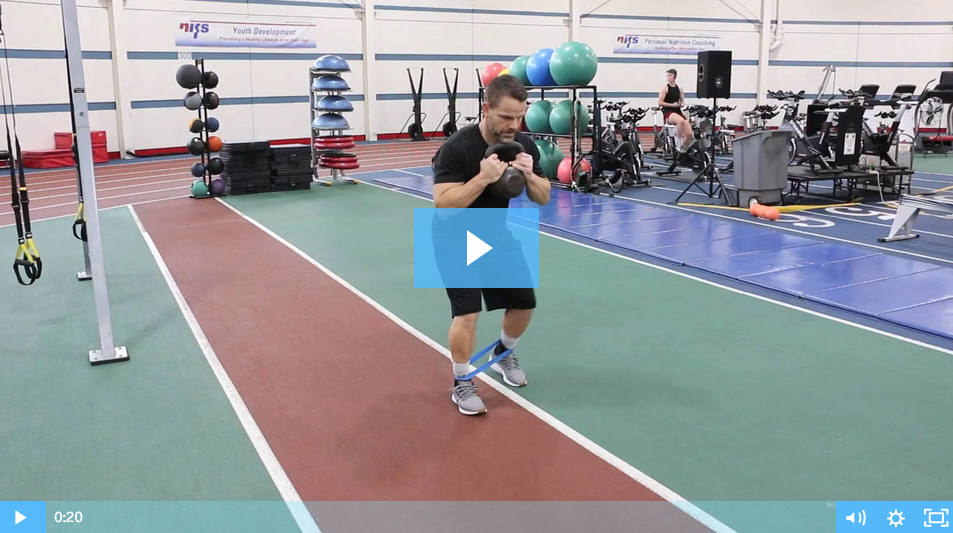
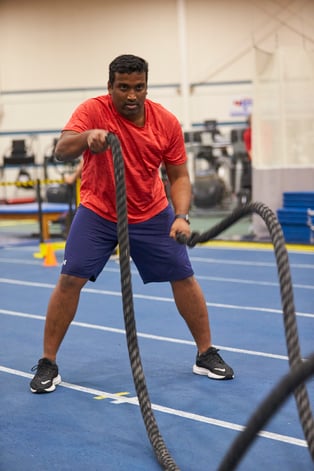 When you begin your fitness quest and are getting started on a new program, finding exercises that are appropriate for you is key to your success. Your fitness staff at NIFS has your back! Training methods and training tools developed from years of research and practice have shown that sometimes a simple exercise done well can be quite effective.
When you begin your fitness quest and are getting started on a new program, finding exercises that are appropriate for you is key to your success. Your fitness staff at NIFS has your back! Training methods and training tools developed from years of research and practice have shown that sometimes a simple exercise done well can be quite effective.